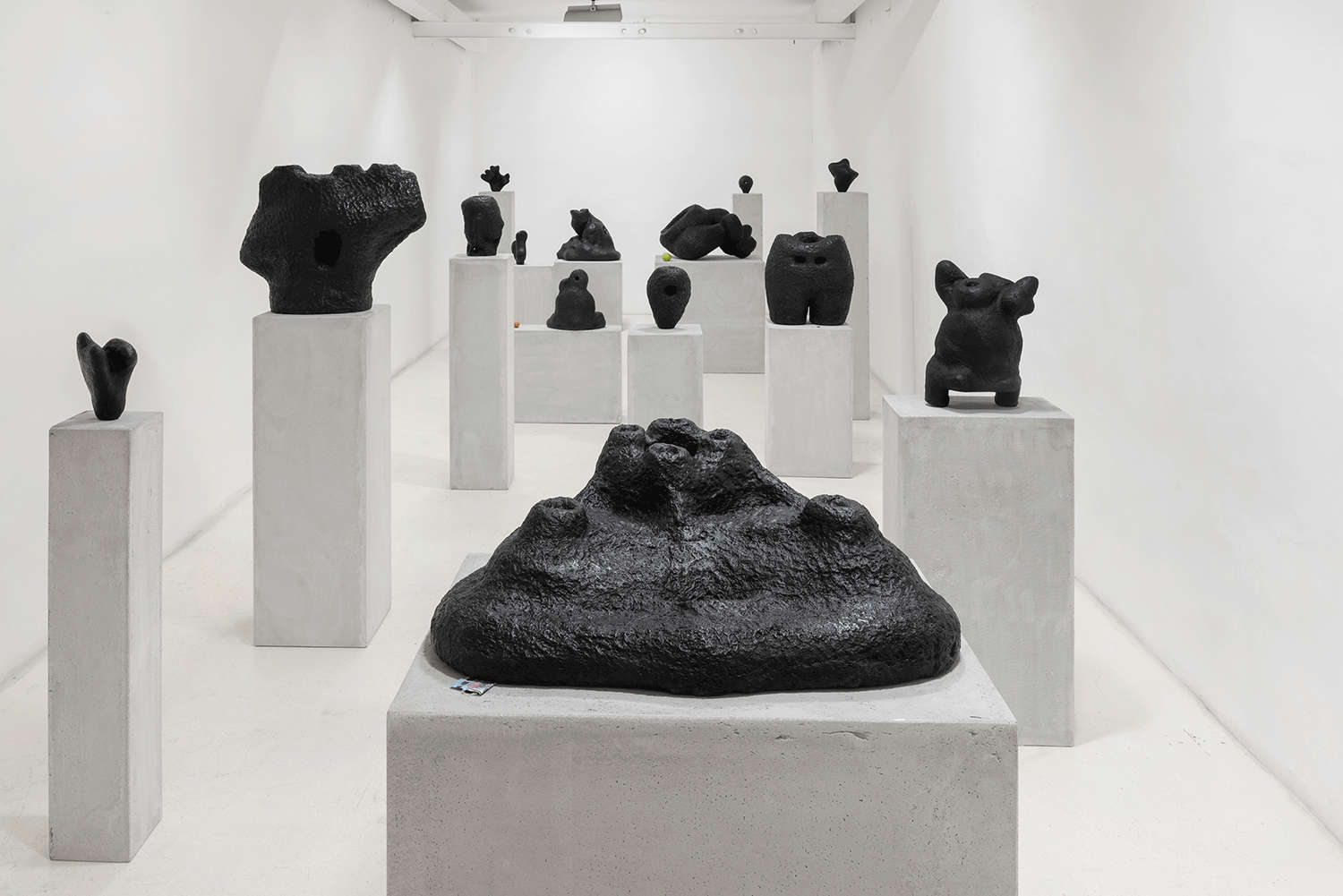The Italian Council has filled a historical gap in the Italian cultural scene, approaching models already established abroad and contributing significantly to narrowing the gap with European realities. Created also thanks to the Memorandum of Understanding between MiBACT, under the leadership of then-Minister Dario Franceschini, and the Comitato Fondazioni Italiane Arte Contemporanea, founded in 2014 by Patrizia Sandretto Re Rebaudengo, the Italian Council has quickly established itself as one of the main instruments of public funding for contemporary art, supporting artistic production and international promotion and contributing decisively to the expansion of public collections.
Since its first edition, in which I had the privilege of participating, I immediately sensed the potential of this instrument, which was then still little known and in the process of being defined. Working with the Fondazione Pastificio Cerere in Rome, together with Claudia Cavalieri and Emanuela Pigliacelli, we had the opportunity to carry out several projects thanks to the Italian Council, and this allowed me to closely observe its concrete impact on the Italian contemporary art system.
I am thinking, for example, of Inventory. The Fountains of Za’atari by Margherita Moscardini (Italian Council, Edition 1, 2017), a project I curated for the Fondazione Pastificio Cerere that led to the creation of an artist’s book and a sculpture now part of the collection of the Madre Museum in Naples. These works were then exhibited at MAXXI in 2020, as part of the REAL_ITALY exhibition curated by Eleonora Farina and Matteo Piccioni, which presented the winning works from the first two editions of the call.
Another example is Mvah ChadiNamsal Siedlecki (Italian Council, Edition 6, 2019), which allowed the artist to deepen his research through a residency in Nepal and the creation of bronze sculptures acquired by the Pecci Center in Prato after numerous national and international promotional activities.


For both artists, these projects represented milestones in their careers and at the same time, for Fondazione Pastificio Cerere they were extraordinary opportunities, not only to experiment with a new way of accessing public funding, but also to strengthen its role as an incubator of emerging talent. These projects have also helped consolidate ties with important Italian contemporary art museum institutions, as well as connections with international institutions.
In light of these experiences, I can say with certainty that the Italian Council has made it possible to realize projects that otherwise would have remained only on paper. Looking at the contemporary art system as a whole, I believe that the Italian Council has had a profoundly positive impact, strengthening the network of museums dedicated to contemporary art, fostering international collaborations and creating opportunities not only for artists, but also for numerous other professionals in the cultural and creative sector. Indeed, over the years, the program has evolved: initially focused on the production of new works for public collections, it has gradually expanded its scope to include international promotion of artists and curators, residencies abroad, monographic exhibitions, and publishing projects. This flexibility has been essential to meet the needs of a constantly changing field.
However, the area related to the production of new works and acquisition by public museums after their international promotion remains the focus of the call, as it allows artists to create major works, to be internationally recognized and to be included in public collections, an important step toward institutional recognition.
The extraordinary richness of the cultural and artistic heritage of Italian museums sometimes makes it difficult to accommodate new productions. This is a challenge I experience daily in my role as artistic director of Pesaro Musei. However, rather than an obstacle, it must become an opportunity to strengthen the dialogue with small museums, which could benefit from new acquisitions, thus contributing to an even more widespread and deep-rooted diffusion of contemporary art throughout the country.
In this, the Civic Museum of Castelbuono is a virtuous example, which, under the direction of Laura Barreca, has managed to build a solid contemporary art collection thanks to the Italian Council and all the other calls for proposals that allow for the implementation of artistic heritage.
My considerations find further confirmation in the research conducted by Emanuela Pigliacelli, who has analyzed public funding for contemporary art in Italy, providing for the first time a detailed picture of the policies implemented by the General Directorate for Contemporary Creativity of the Ministry of Culture, with particular attention to the Italian Council(Il finanziamento pubblico all’arte contemporanea. A comparative analysis of the main instruments supporting Italian artistic production in the 2000s, 2024). His study, enriched by his direct experience in conducting some of the most significant projects funded by the call, offered valuable insights to understand even better the impact of this instrument, highlighting its strengths and opportunities for improvement.
Looking ahead, I hope that the Italian Council will continue to evolve, expanding direct support for artists and consolidating the competitiveness of Italian contemporary art on the international scene.
This contribution was originally published in No. 25 of our print magazine Finestre Sull’Arte on Paper, erroneously in shortened form. Click here to subscribe.
Warning: the translation into English of the original Italian article was created using automatic tools. We undertake to review all articles, but we do not guarantee the total absence of inaccuracies in the translation due to the program. You can find the original by clicking on the ITA button. If you find any mistake,please contact us.